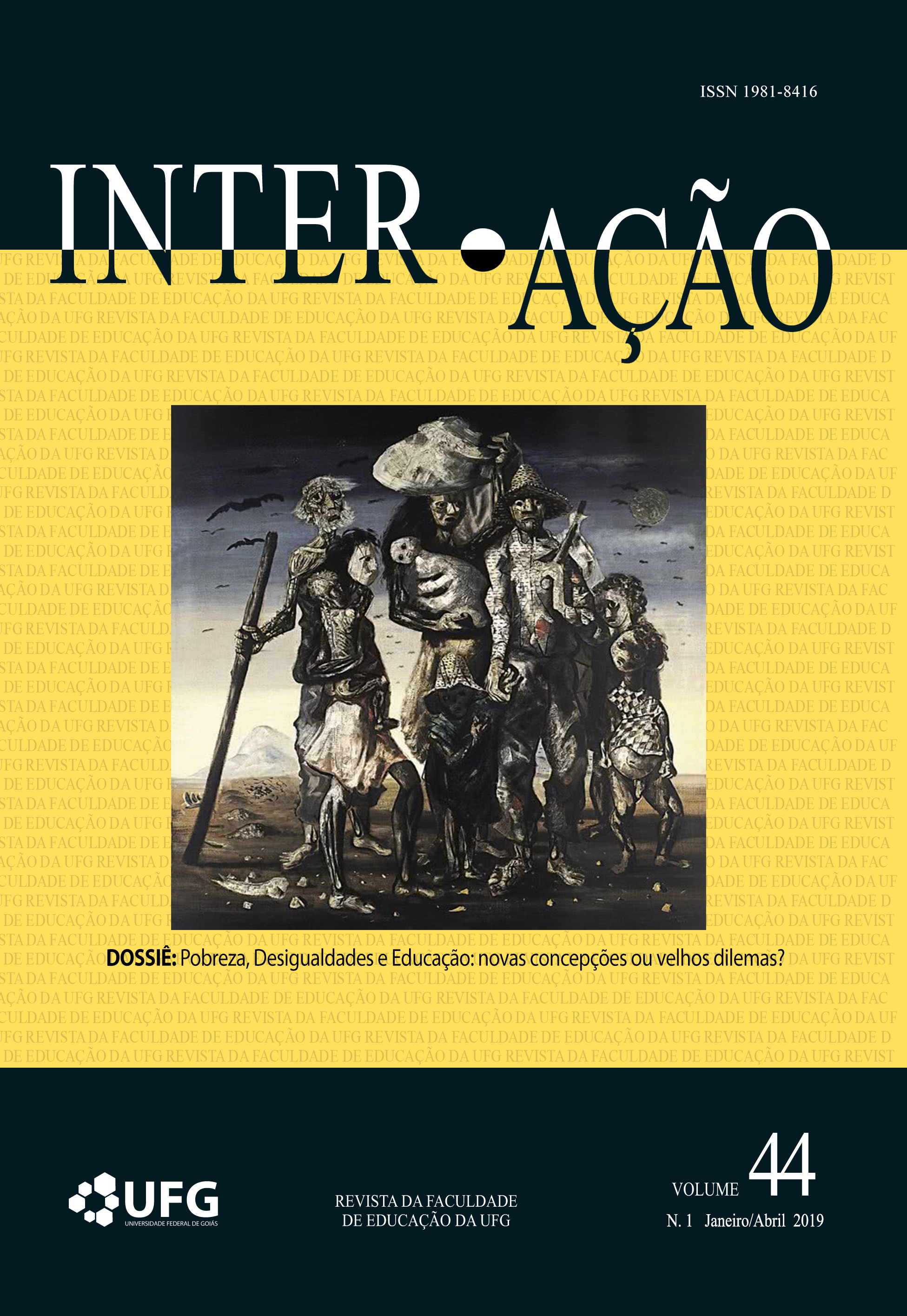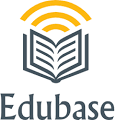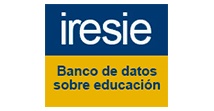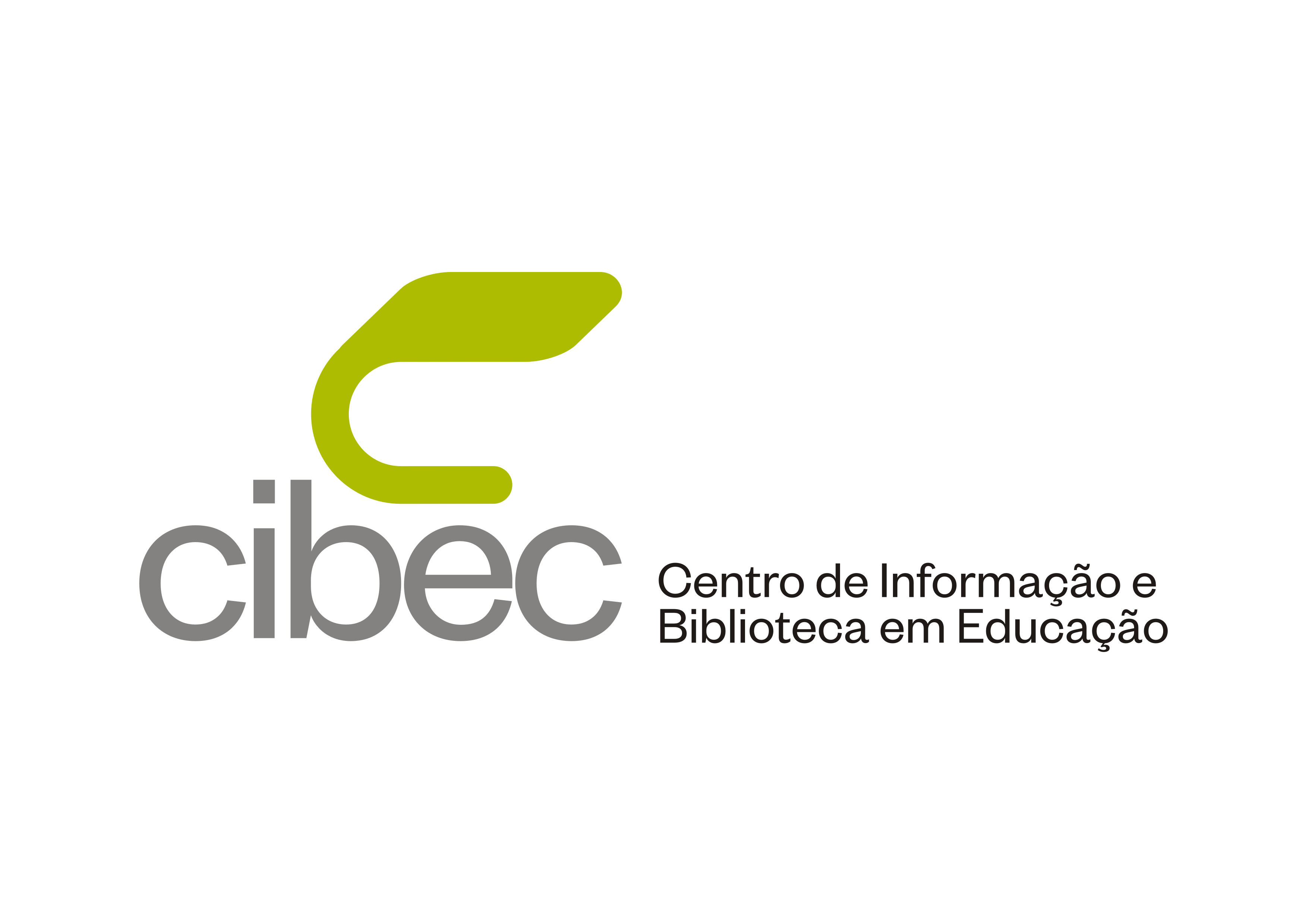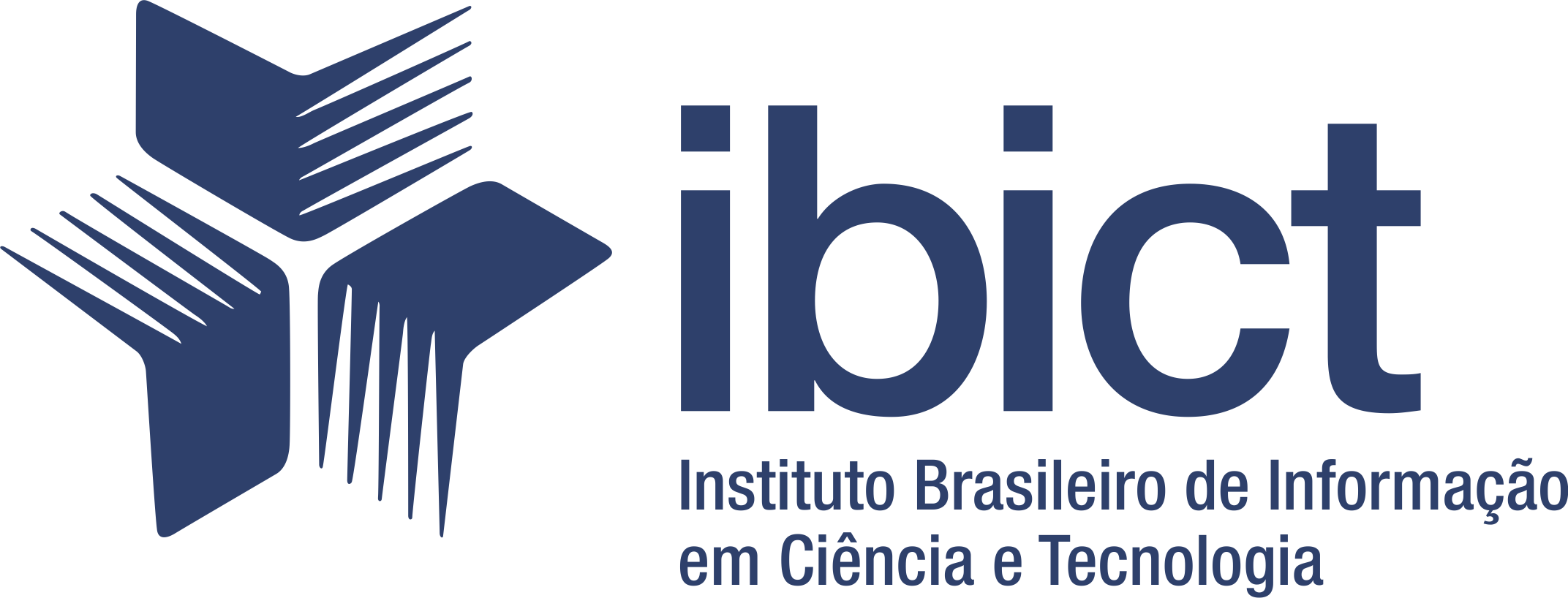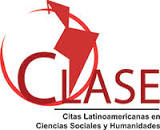DESAFIOS PARA A GARANTIA DO DIREITO À EDUCAÇÃO DOS ALUNOS EM SITUAÇÃO DE POBREZA: QUEM SÃO OS POBRES NO PLANO ESTADUAL DE EDUCAÇÃO DO TOCANTINS?
DOI:
https://doi.org/10.5216/ia.v44i1.55663Keywords:
Políticas Educacionais. Pobreza. Desigualdade Social. Plano Estadual de Educação do TocantinsAbstract
O presente artigo é parte da pesquisa realizada na Iniciativa Educação, Pobreza e Desigualdade Social na Universidade Federal do Tocantins que objetivou conhecer como as políticas educacionais pensam os sujeitos em situação de pobreza e extrema pobreza. Tem por objetivo apreender quem são os pobres no planejamento da educação que se materializa no Plano Estadual de Educação (2015-2025) do Tocantins. A metodologia utilizada foi a análise documental, fundamentada no referencial teórico que estabelece a relação entre educação, pobreza e desigualdade social e aquele que reafirma os Planos Educacionais como o eixo norteador das políticas educacionais. Os resultados demonstram que os sujeitos pobres a quem são direcionadas metas e estratégias de equiparação das desigualdades educacionais são os alunos beneficiários de programas de transferência de renda, os quilombolas, indígenas, os do campo e alunos com deficiências, ou seja, aqueles que historicamente vêm sendo alijados de seus direitos mais fundamentais, entre eles a educação.
Downloads
Downloads
Published
How to Cite
Issue
Section
License
Inter-Ação uses the Creative Commons Attribution 4.0 License for Open Access Journals (Open Archives Initiative - OAI) as the basis for the transfer of rights. Open access means making documents available on the Internet free of charge, so that users can read, download, copy, distribute, print, search, or link to the full text of documents, process them for indexing, use them as input data for software programs, or use them for any other lawful purpose, without financial, legal, or technical barriers.
Authors publishing in this journal agree to the following conditions:
1) Authors retain copyright and grant the journal the right of first publication, with the work simultaneously licensed under the Creative Commons Attribution License, which permits redistribution of the work with attribution and first publication in this journal.
2) Authors are permitted to enter into additional, separate agreements for non-exclusive distribution of the version of the work published in this journal (e.g., for publication in an institutional repository or as a book chapter), with attribution and first publication in this journal.
3) Authors are permitted and encouraged to publish and distribute their work online (e.g. in institutional repositories or on their home page) at any time before or during the editorial process, as this may generate productive changes as well as increase the impact and citation of the published work.

